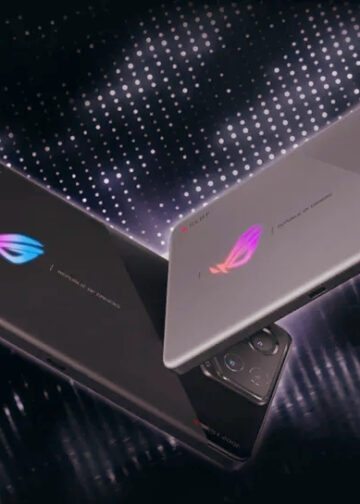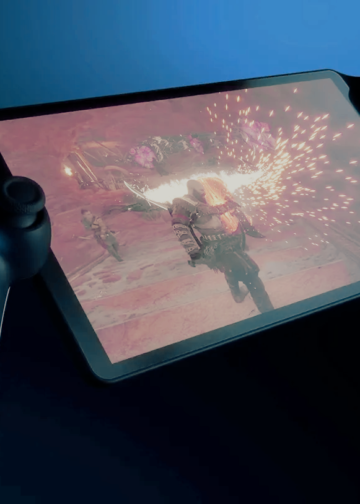Neurovalens Receives FDA Clearance for Anxiety Treatment
Neurovalens Receives FDA Clearance: Revolutionizing Anxiety Treatment In the ever-evolving landscape of health and technology, a Belfast-based startup, Neurovalens, is...
Neurovalens Receives FDA Clearance: Revolutionizing Anxiety Treatment In the ever-evolving landscape of health and technology, a Belfast-based startup, Neurovalens, is...
In today's hyper-connected world, finding moments of peace amid the digital chaos is akin to discovering hidden gems in a...
Introduction The gaming smartphone arena just got a turbo boost with the Asus ROG Phone 8 Pro. Designed for hardcore gamers...
In a bold move that blurs the lines between console and handheld gaming, Sony introduces Project Q. Departing from the...
Dropcap the popularization of the “ideal measure” has led to advice such as “Increase font size for large screens and...
Dropcap the popularization of the “ideal measure” has led to advice such as “Increase font size for large screens and...
Intro text we refine our methods of responsive web design, we’ve increasingly focused on measure and its relationship to how...
In April 2024, the world of mobile apps continues to evolve with an array of innovative offerings for Android users....
Mufasa: The Lion King Prequel - Unveiling Majesty in Disney's Epic Journey The golden dawn breaks over the vast expanse...
Intro text we refine our methods of responsive web design, we’ve increasingly focused on measure and its relationship to how...
Neurovalens Receives FDA Clearance: Revolutionizing Anxiety Treatment In the ever-evolving landscape of health and technology, a Belfast-based startup, Neurovalens, is...
Read more
Neurovalens Receives FDA Clearance: Revolutionizing Anxiety Treatment In the ever-evolving landscape of health and technology, a Belfast-based startup, Neurovalens, is ...

In today's hyper-connected world, finding moments of peace amid the digital chaos is akin to discovering hidden gems in a ...

Introduction The gaming smartphone arena just got a turbo boost with the Asus ROG Phone 8 Pro. Designed for hardcore gamers ...

In a bold move that blurs the lines between console and handheld gaming, Sony introduces Project Q. Departing from the ...

Dropcap the popularization of the “ideal measure” has led to advice such as “Increase font size for large screens and ...
© 2024 BEKY ELECTRONICS - Your Trusted Source for Cutting-Edge Electronics and Gadgets.
© 2024 BEKY ELECTRONICS - Your Trusted Source for Cutting-Edge Electronics and Gadgets.